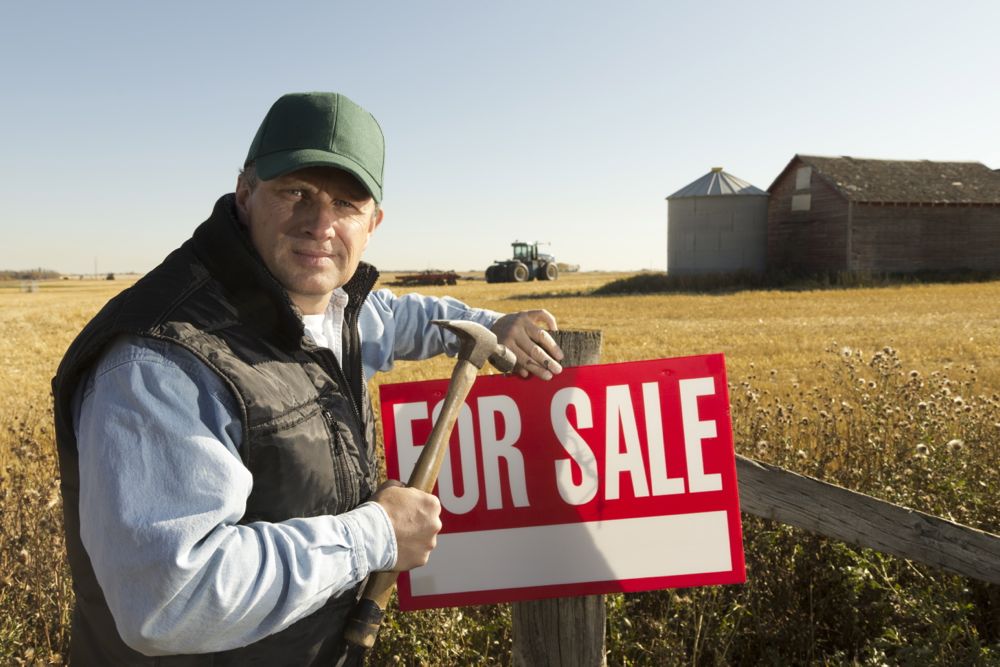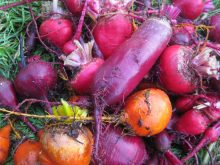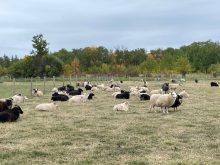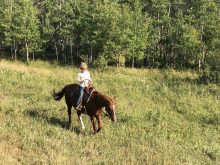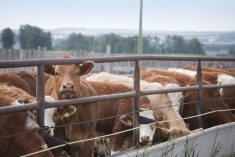Farmland prices continue to go up like a helium balloon, leading to speculation that it might continue and speculation in land as a commodity. In this piece we will look at a long history and provide some guesses about the future. Anyone who thinks they can actually predict the future is living in dreamland.
Figure 1 is what 100 years of land prices look like for Alberta, Saskatchewan and Manitoba. All values have been converted to 2023 dollars using the Bank of Canada site. The results reflect the real values over time. That takes a lot of work: each year and province must be calculated separately, which means, give or take, 300 calculations.
In the 1920s and ’30s, Manitoba land was most expensive and Alberta the cheapest. That reflected the inherent higher grain yields in Manitoba and the fact that Alberta was mostly ranching at that time.
Read Also
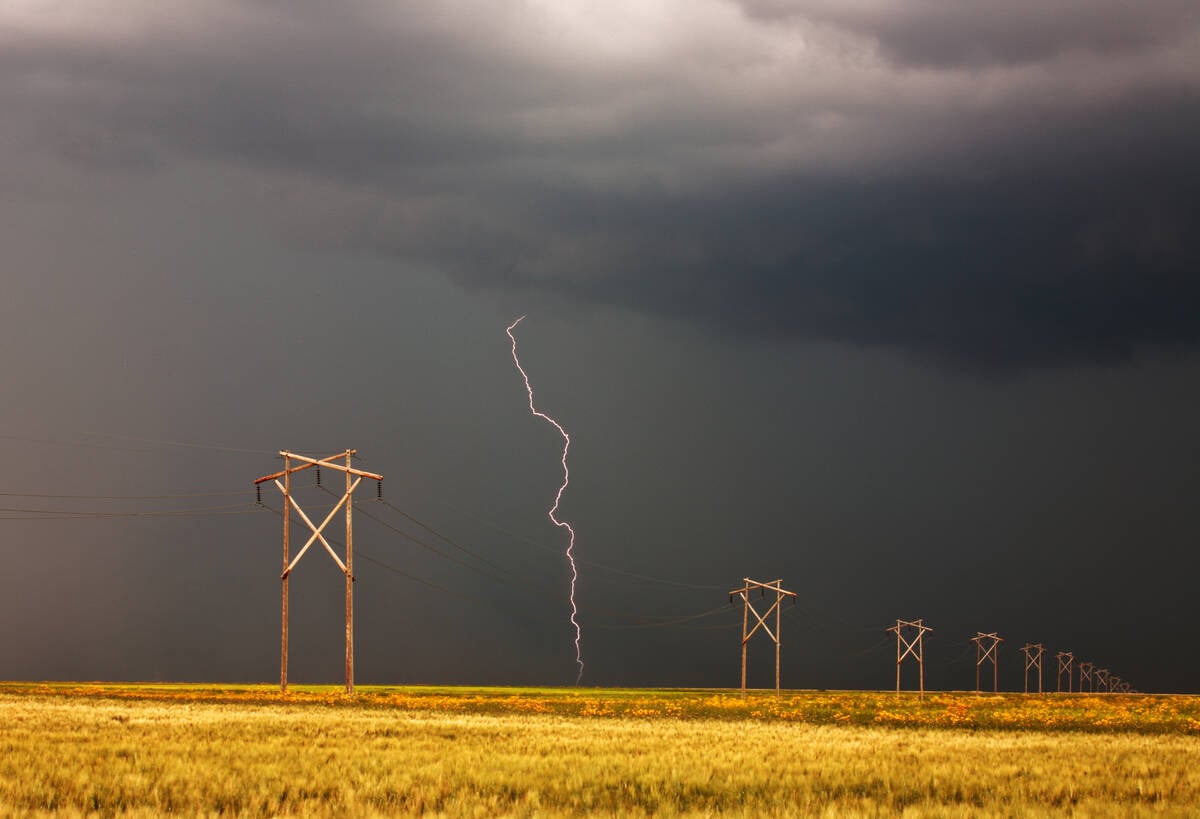
Lightning gives and takes in Prairie fields
Lightning in fields can be a source of nitrogen but at times can result in crop damage which, at a glance, resembles a very localized disease outbreak, plant pathologist Ieuan Evans writes.
By the 1950s, Alberta had struck oil so it became a “have” province and could afford higher land prices.

The early 1970s were wet years with good yields, good prices and a sale for all crops the year they were grown. Alberta was dripping with oil money and had a large area of irrigated farmland so it took the lead. Manitoba and Saskatchewan land prices also rose sharply. “Onward and upward” was the battle cry. Land prices will continue to climb, it was said — when have land values ever gone down in price? (Of course, land prices did drop fast in the 1930s.)
Then the 1980s hit, with a vengeance. Drought was the order of the day and interest rates went through the roof: who remembers 15 to 20 per cent interest on farm loans? Many had to downsize or get out altogether. By the late ’80s, foreclosures were common. The back pages of the weekly Western Producer were filled with distress land. FCC and Royal Bank were the two big creditors that took a licking.
When I bought my land in the early ’90s, prices were so cheap, no loan was necessary. A “buy low, sell high” investment will make an easy buck.
Since the turn of the century, land prices have skyrocketed again, with Alberta taking the lead, followed by Manitoba and then Saskatchewan. Many think Saskatchewan farmland is the same as Alberta and Manitoba so should fetch the same price. Not true: Saskatchewan lays claim to the lion’s share of the dry, dry Palliser triangle.
So, what about interest rates?
Interest rates were dragging along near zero for so long, many expected them to last forever and have been paying big land prices on that basis. But of late, the Bank of Canada has slowly added to interest rates such that around seven per cent is prime, so many mortgages will be that or higher.
Figure 2 is what the Bank of Canada website shows for interest rates. It is hinting rates will decline in 2024. Do not bet sections 27 and 28 on that huge “maybe.”

There are some in the lending and real estate businesses who think annual increases in land prices will be around seven per cent for a long time. I beg to differ.
I may be wrong, but I would not be surprised if interest rates still have some considerable upside. Inflation has to be controlled, or the wheels fall off the wagon real fast.
So, there you have it: a couple of big graphs to study and some food for thought as you consider your future farmland ownership portfolio.
Good luck for 2024 — and let us hope it relearns how to rain in the Brown and Dark Brown soil zones.


